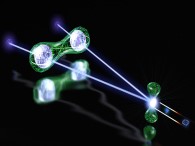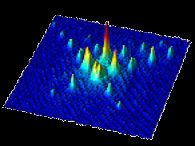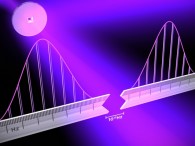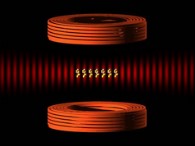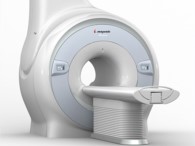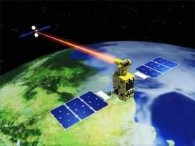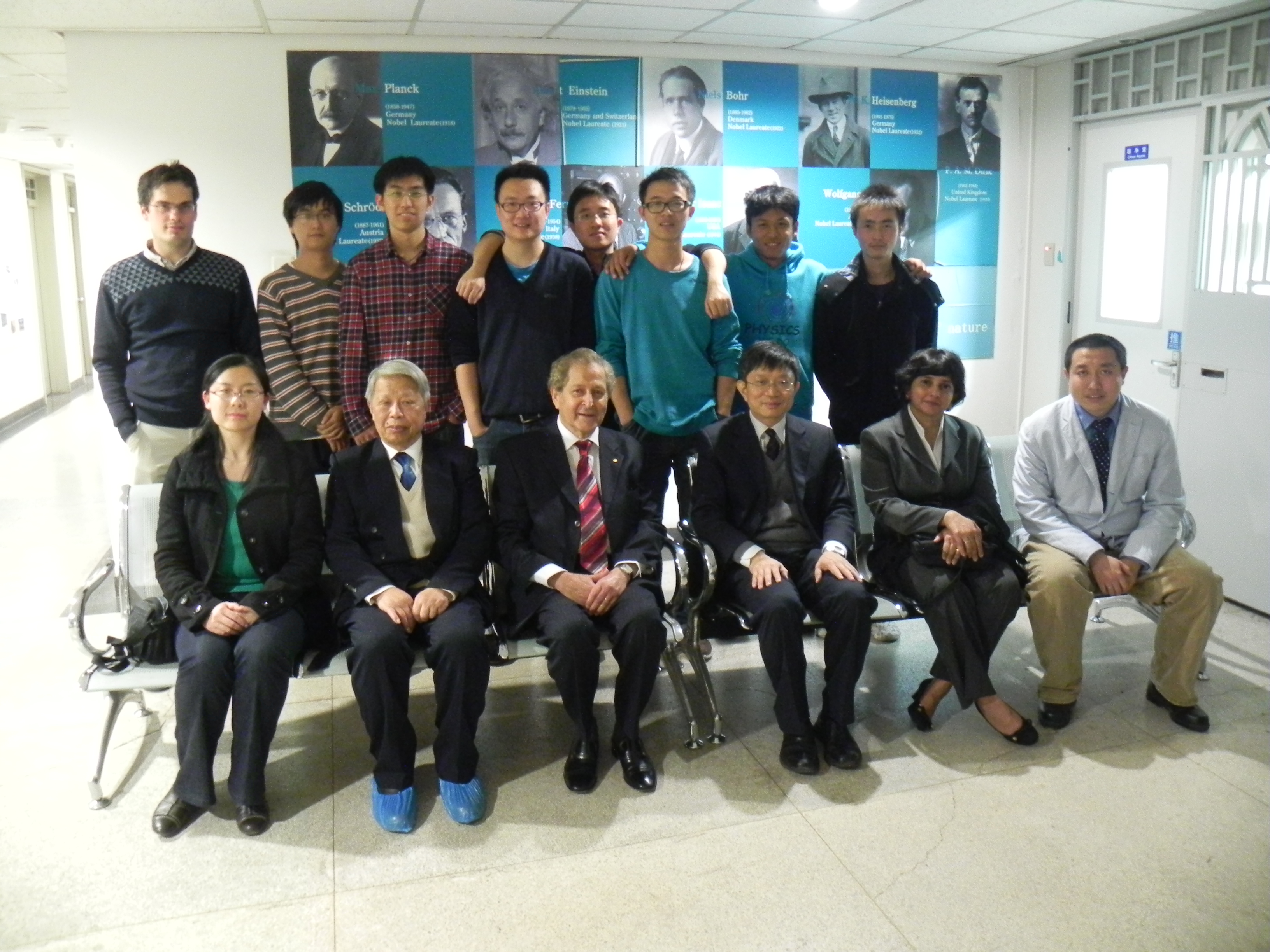
Since the theory of quantum physics was established, quantum optics has always been an important research field. Quantum optics is the field on interaction between light and material in quantum scenario, and there are many remarkable achievements, including slow light, laser cooling, magnetic optical trap, quantum entanglement, etc. Although this field has been existing for several decades, there are still a large number of problems to be solved. With the progress of experimental techniques on quantum physics, proof and demonstration of quantum theory nowadays are also noticeable. Quantum information, meanwhile, is a new research field, a combination of quantum mechanics and information science. Quantum information is based on some interesting properties in quantum physics, such as superposition and entanglement, and aims at information processing. The quantum information field includes quantum cryptography, quantum communication, quantum computation, quantum image, etc, which all achieved great breakthroughs in both theory and experiment.
Our group, the CREAM group (Coherent Reversible Atom Manipulation) in Institute of Quantum Electronics, Peking University, concentrates on the study on quantum optics and quantum information. Our research directions cover quantum precision measurement, quantum key distribution, Atomic optical filter, quantum random number generator, quantum correlated imaging, important directions both on scientific research and practical application. With almost a decade's continuous effort of all members in CREAM group, we have achieved several great results:
developed quantum magnetometer with high sensitivity, based on the study of energy level in Alkali metal atoms and interaction between light and atoms; analyzed the theory of quantum key distribution, proposed several schemes of light source monitoring, which are great improvement of practical QKD systems, and set up our own QKD system; established an atomic optical filter based on rubidium (Rb); exploited the quantum feature in the source of VCSEL and SLED, and realized quantum random number generation with both high bit rate and long sequence length; realized the phenomena of electro-magnetically induced transparency (EIT) and slow light (or subluminal) with the interaction of lasers (780 nm) and Cs vapor cell in room temperature, as well as the theoretical modeling for simultaneously slow and fast light; developed several theoretical models for entanglement measurement and entanglement dynamics using Schmidt number, concurrency and discord.
Now, CREAM group will still consistently devote ourselves to the research on quantum optics and quantum information, trying to further research on the strength of today's achievements, and hoping to find more fascinating areas in quantum world.

